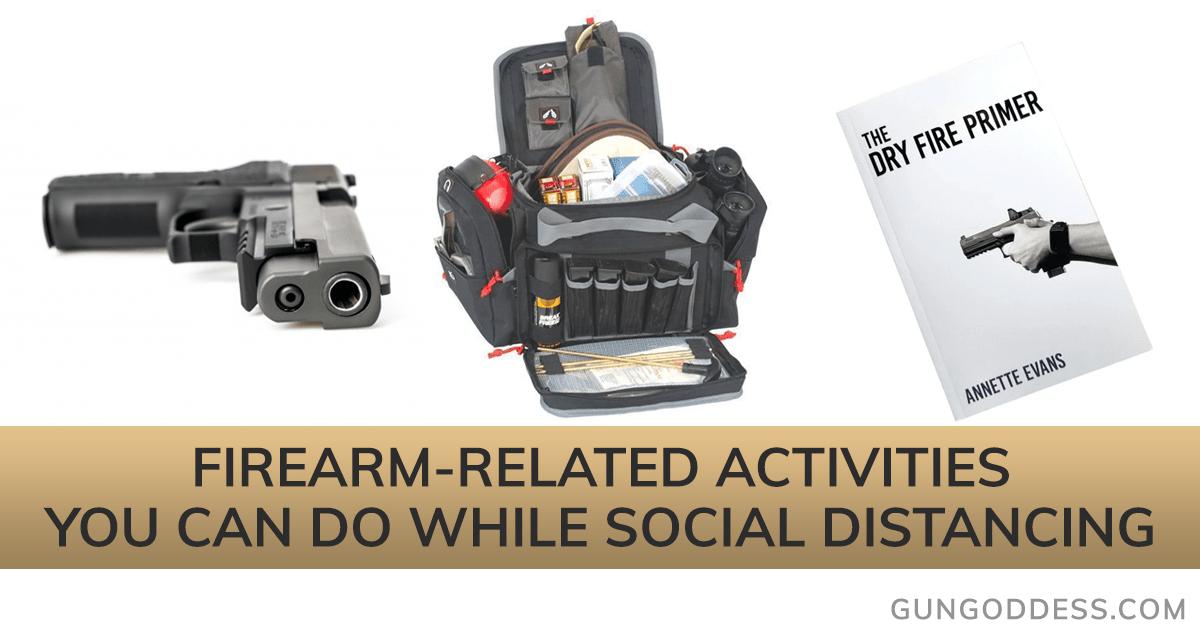Orders Over $100 Ship FREE (USA)!
Orders Over $100 Ship FREE (USA)!
CONCEALED CARRY
(Apparel with holster pockets or concealed-carry features)
PARTS & GEAR
RANGE STYLE
Gift shopping & not sure about size or style? Give a gift card instead!
GIFT IDEAS
EXPLORE
BFCM Sale 20% Off every item! ENDS 12/8 at Midnight!
Black Friday & Cyber Monday EXTENDED: Indulge in Luxury, Pay Less.
Stop the Bleeding: The Importance of Knowing How to Apply a Tourniquet
3 min read
In October 2017, shots rang out at the Route 91 Harvest Music Festival. The shooter fired upon a crowd of concertgoers for only ten minutes, but when the shooting stopped 58 people had died.
However, 413 others who were shot or struck by shrapnel survived. And many of those survivors credit everyday citizens and bystanders with saving their lives.
In the follow-up investigation it was reported that ambulance and Emergency Medical Technician response was delayed in the confusion immediately following the concert. With over 22,000 concert goers fleeing the scene in all directions, it was difficult for first responders to determine where casualties were located and to get ambulances close enough to the scene to help.
Citizens from all walks of life jumped in to help, performing tasks from basic first aid to applying makeshift tourniquets such as belts to keep the injured from bleeding out. It does not take much to understand from this example that skills such as applying pressure to a bleeding would or applying a tourniquet where possibly should be a priority to learn.
First Aid Courses
Basic First Aid courses and Cardiopulmonary Resuscitation (CPR) courses have been around for a very long time and are often delivered by various agencies such as the American Red Cross or local Fire Departments. You can even get certifications in these disciplines. Trauma medicine or specifically courses designed to teach individuals to treat more serious wounds to provide care until first responders can arrive, if able, are relatively newer. There are many agencies available that teach these courses and cost generally depends on the length of the class and the material covered.
More recently, classes have been developed that specifically teach the use of tourniquets and how to stop the bleeding beyond applying direct pressure. In one case specifically, following the Sandy Hook shooting, professionals met and created and movement called “Stop the Bleed.” Their goal is teach the proper methods to stop bleeding to as many people as they can reach. The Stop the Bleed courses are generally free to attend.
Tourniquets
For a time, it was believed that tourniquets were bad, a very last resort for someone that was probably going to lose that limb anyway. Very few classes for the general public existed and the focus for advanced first aid was the ability to do CPR. Before too long, products like QuikClot hit the market and promised to stop the bleeding by essentially creating a blood clot in the wound. These are great products but not without some issues. Anyone utilizing them should be trained in their application because despite what the movies depict, you can’t just sprinkle it on like salt and expect a miracle.
Eventually the shift has come back to the tourniquet. A tourniquet is easy to apply though training is still an important part of application. Tourniquets are small and easy to carry along with anything else the average citizen/concealed carrier may have with them. And with training, people learned that utilizing a tourniquet did not mean the injured would lose that limb due to blood flow restriction. Still many people do not see the need for learning to apply or even carrying a tourniquet. Some feel as though those are reserved for emergency medical technicians and other first responders.
Take a look again at the mass shooting in Las Vegas. Concert goers did not expect to be called upon that night to take life saving measures to stop excessive bleeding, but they were. And the people who survived being shot are glad that those people were ready to step in during the crucial first minutes when first responders were unable to access the scene.
Research the available courses near you and register. Not only might YOU be called upon to use this in the case of an accident at the gun range or other type of gunshot would, but tourniquet application is a good skill to know in the case of some natural disasters like earthquakes and tornadoes where may injuries might be severe. Even in the case of a car accident, your knowledge of tourniquet application to stop the bleeding may save someone’s life, even your own!
Also in Lifestyle: Personal and Home Safety

6 Critical Parts Of A Good Home Defense Plan
3 min read

Digital vs. Biometric Safes: Which One is Right For You?
3 min read

Firearm-Related Activities You Can do While Social Distancing
3 min read

